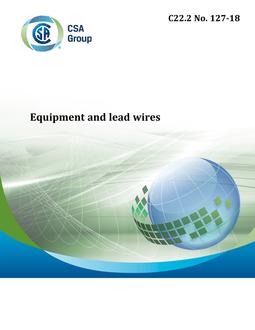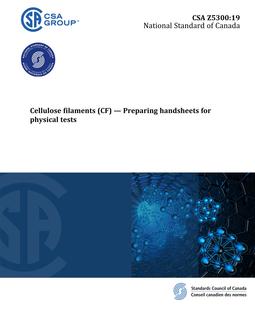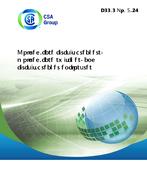Preface
This is the ninth edition of CSA Z245.15, Steel valves. It supersedes the previous editions published in 2013, 2009, 2005, 2001, 1996, 1991, 1987, and 1981. This Standard covers the requirements for steel valves intended to be used for transporting fluids as specified in CAN/CSA-Z662. Some of the main changes to this edition include the following: a) revised optional product ordering requirements (Clause 4.1.2); b) revised drain and bypass connections, and sealant fittings requirements (Clauses 5.7 and 5.8); c) revised seat tests requirements (Clause 9.4); d) revised sour service requirements (Clause 13); e) revised Table 5 Ring and groove dimension C for PN 420 full-bore, NPS 2-1/2 valves; f) revised Table 8; and g) revised furnace calibration and survey requirements (Annex C).
Scope
1.1 General This Standard covers steel valves primarily intended for use in oil or gas pipeline systems. The following types of valves are covered: a) gate valves; b) plug valves; c) ball valves; and d) check valves. 1.2 Size, nominal pressure class, and category 1.2.1 Size This Standard covers valves in sizes from NPS 2 to NPS 60. (See Table A.1.) 1.2.2 Nominal pressure class This Standard covers valves having cold working-pressure ratings designated by nominal pressure classes from PN 20 to PN 420. The standard nominal pressure classes are shown in Table 1. (ASME class designations are shown in Table B.1.) 1.2.3 Category This Standard covers valves in the following categories: a) Category I: valves without requirements for proven notch-toughness properties; and b) Category II: valves with requirements for proven notch-toughness properties. 1.3 End configuration This Standard covers standard end requirements for flanged, buttwelding, and wafer-type valves. Other end configurations are considered non-standard and are subject to agreement between the purchaser and the manufacturer. 1.4 Terminology In this Standard, “shall” is used to express a requirement, i.e., a provision that the user is obliged to satisfy in order to comply with the standard; “should” is used to express a recommendation or that which is advised but not required; and “may” is used to express an option or that which is permissible within the limits of the Standard. Notes accompanying clauses do not include requirements or alternative requirements; the purpose of a note accompanying a clause is to separate from the text explanatory or informative material. Notes to tables and figures are considered part of the table or figure and may be written as requirements. Annexes are designated normative (mandatory) or informative (non-mandatory) to define their application.
Product Details
- Edition:
- 9th
- Published:
- 09/01/2017
- ISBN(s):
- 9781488308437
- Number of Pages:
- 84
- File Size:
- 1 file , 1.9 MB
- Product Code(s):
- 2425342, 2425342, 2425342


